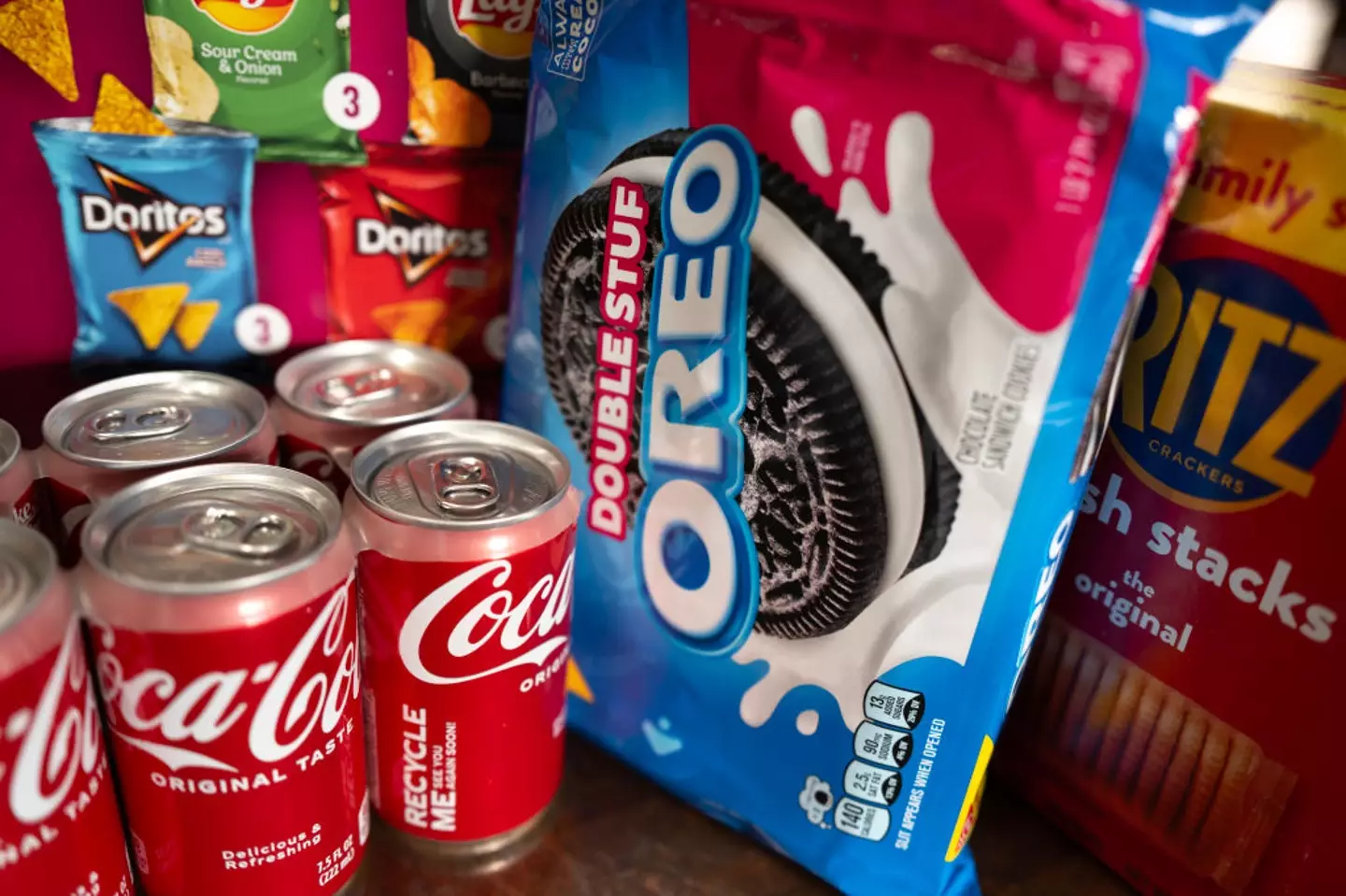.jpg%3Fcrop%3D5355%2C3012%2Cx0%2Cy166)
As the Make America Healthy Again (MAHA) movement picks up pace under the second Trump administration, a report has revealed the extent of the American public’s ultra-processed foods (UPFs) consumption.
MAHA is largely focused on improving American public health by targeting UPFs and other high-sugar, high-salt foods.
Evidence suggests that artificial additives, preservatives and sweeteners may be impacting increased rates of behavioural and neurodivergent conditions in American children and an increased rate of chronic illnesses across the population. The high-sugar, high-salt foods are also seen as the lynchpin of rocketing obesity rates and associated health complications.

Advert
Estimates have suggested that UPFs are accounting for a considerable proportion of American’s daily calorie intake, and the new study has laid bare the extent of the issue.
The US Centers for Disease Control and Prevention (CDC) has used dietary data collected between August 2021 and August 2023 to confirm that UPF consumption is indeed high across the US.
It will come as good news to Robert F Kennedy Jr, the US health secretary, in the sense that it strengthens the case for MAHA reforms.
"We are poisoning ourselves and it's coming principally from these ultra-processed foods," RFK Jr told Fox News earlier this year, citing evidence that UPFs have a considerable impact on chronic disease rates.
Advert
The study found that around 55% of calories consumed by Americans over the age of 1 are coming from UPFs. For adults the proportion is roughly 53%, while for under 18s it’s almost 62%.
Burgers, sandwiches, baked goods, pizza, sweetened drinks and savoury snacks were cited as the leading product categories for this UPF consumption.
The report found that young children consume fewer UPF calories than older ones, and adults over 60 typically eat fewer UPF-sourced calories too.
It added that low-income adults consume more UPF-sourced calories than high-income adults.
Advert
CDC nutrition expert and study co-author Anne Williams said the results weren’t surprising.
However, it seems as though UPF consumption has actually been on the wane compared with decade-old data. For adults, the total calories from UPFs dropped to 56% in 2013-14 to 53% in 2021-23, and for kids the rate has dropped from around 66% to 62%.
.jpg)
Williams said the data couldn’t point to why this decline has occurred, or whether it’s to do with reduced overall consumption or a reduction in UPF-specific consumption.
Advert
Andrea Deierlein, a nutrition expert at New York University was not involved in the study but suggested public awareness around dietary information may be the cause.
"People are trying, at least in some populations, to decrease their intakes of these foods," she suggested.
